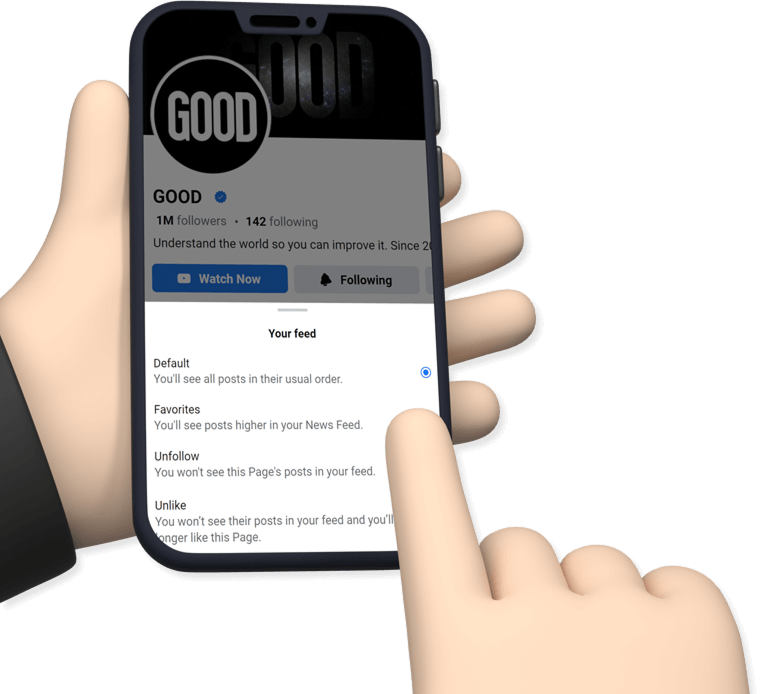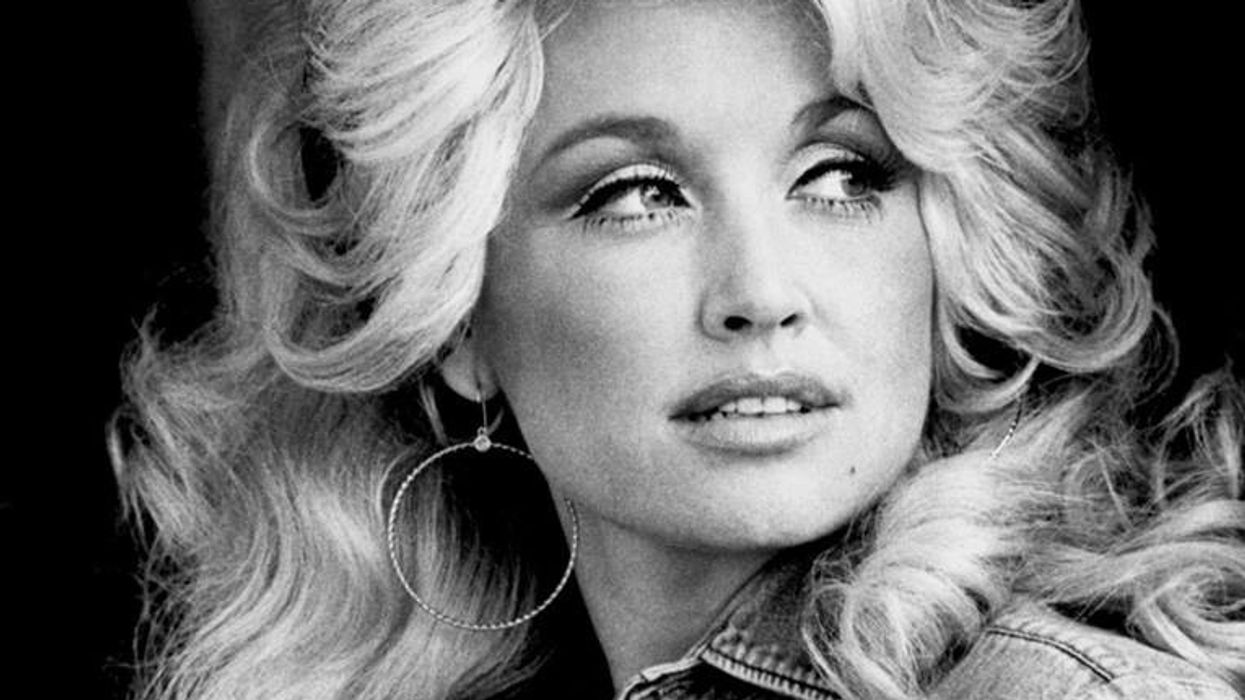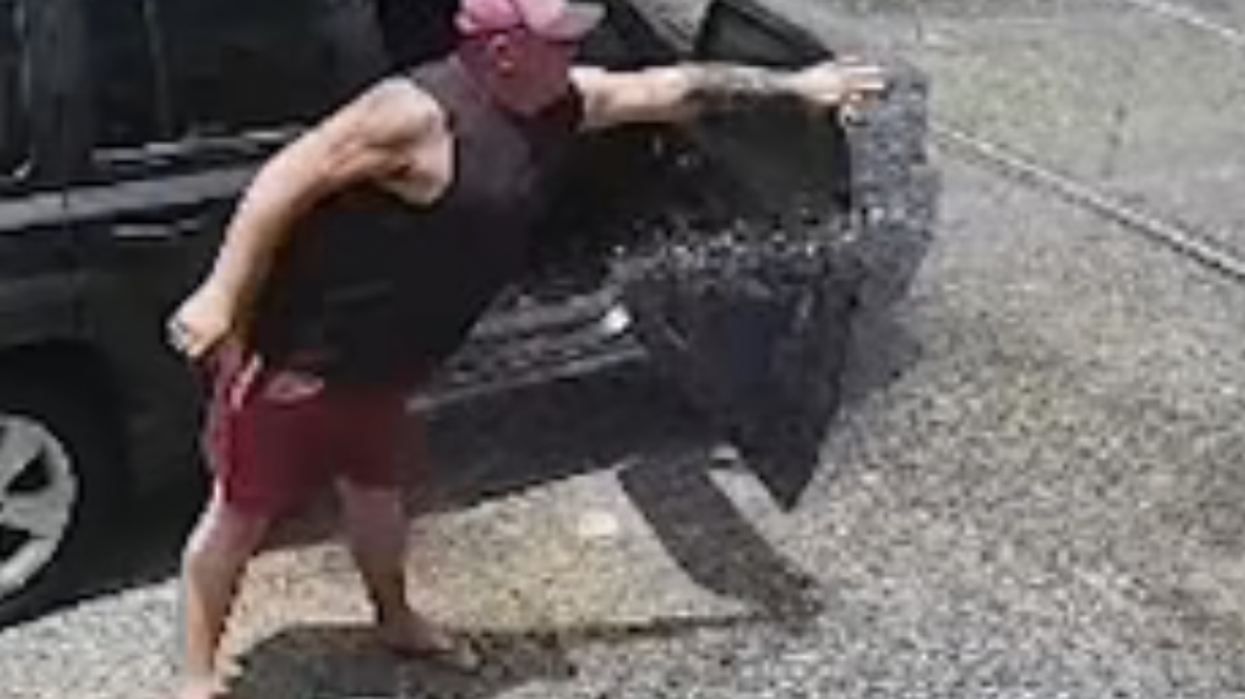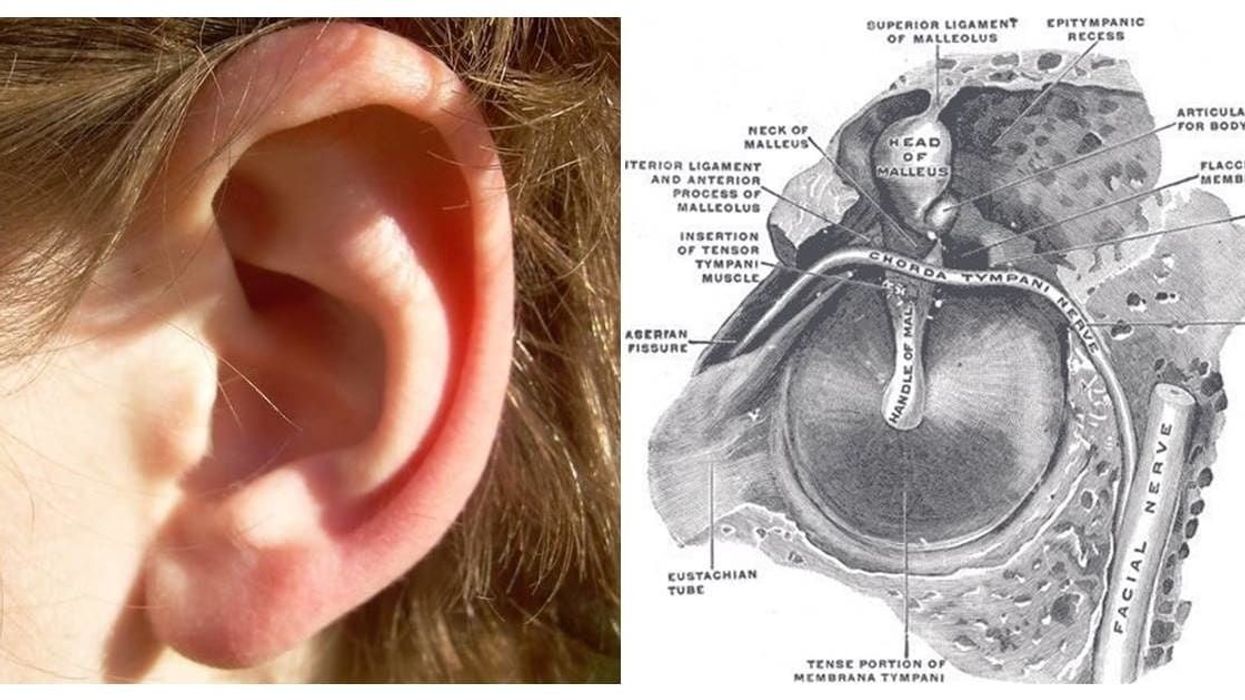Last year, Lee Scott, Wal-Mart's president and CEO, invited the ecologist Steven Hamburg to give a briefing on climate change. Hamburg, the director of the Watson Institute's Global Environment Program at Brown University, knew the behemoth retailer could use a few lessons. Wal-Mart has paid out millions in fines for breaking environmental protection laws, including violations of the Clean Water Act in more than 10 states. At the meeting, Hamburg offered a way to limit Wal-Mart's environmental impact and to encourage its customers to do the same. His bright idea was as simple as screwing in a light bulb.Hamburg, 53, urged Wal-Mart to market modern-day, energy-efficient compact fluorescent light bulbs. "The CFL is a perfect example of the effect that the retail market can have in transforming technology that's employed by people," he says.Hamburg's negotiations helped formulate a revolutionary pledge from Wal-Mart: to sell 100 million CFLs in 2007 by aggressively marketing them to consumers. If each of Wal-Mart's 100 million customers trades in a 60-watt bulb for a CFL, electricity costs will be cut by $3 billion. The estimated 20 million metric tons of greenhouse gases saved by customers switching to CFLs will dwarf the impact of any of Hamburg's previous efforts as an environmental steward.
| Quote: |
| We need to use the retail sector to encourage people to purchase on the cutting edge of technology. |













